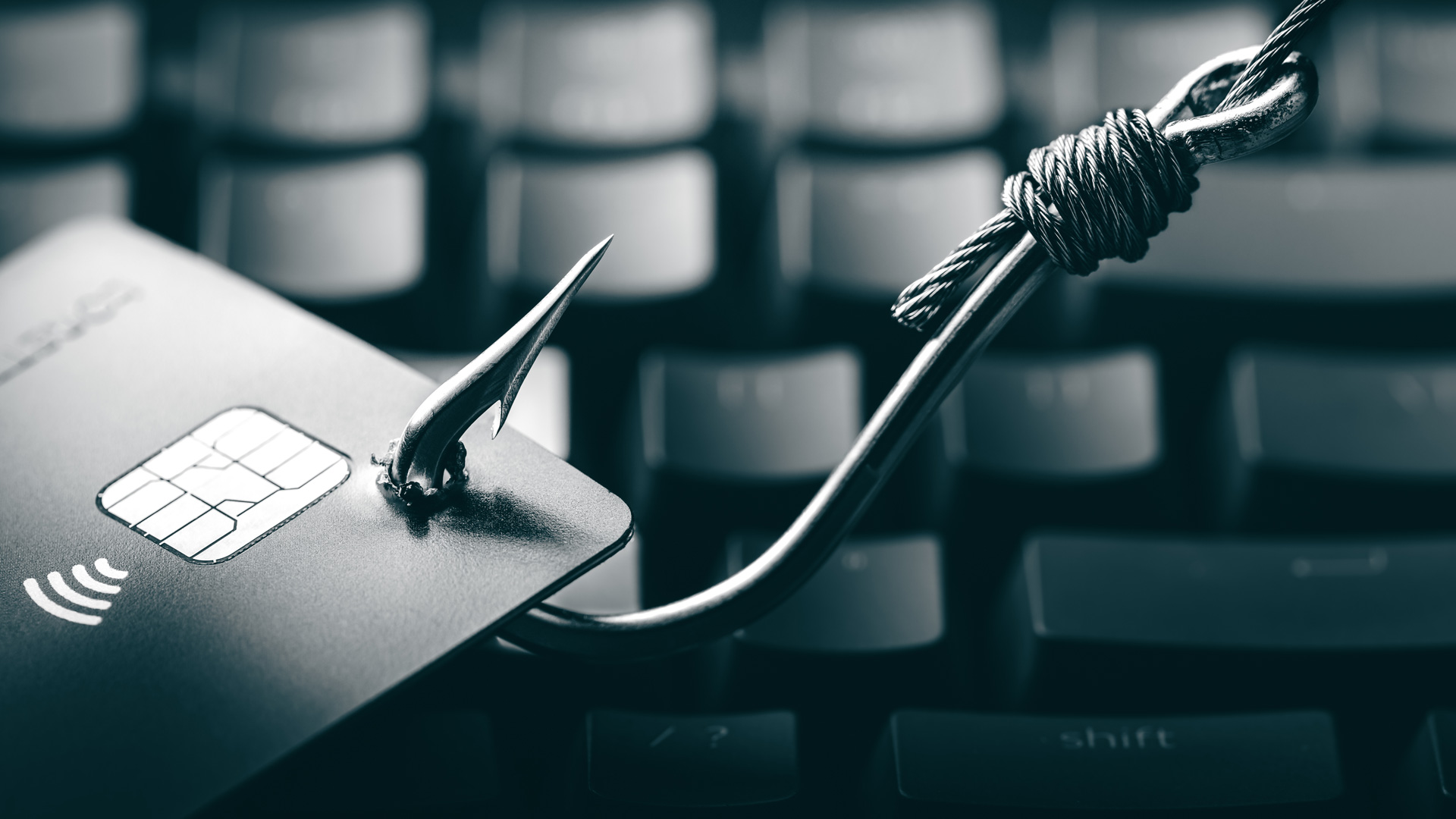In today's digital age, phishing remains one of the most prevalent and deceptive cyber threats, tricking millions into revealing sensitive information each year. As a foundational concept in cybersecurity, understanding phishing is essential for anyone online—whether you're a casual user checking emails or a professional handling company data. This post breaks down what phishing is, how it works, common red flags, and practical steps to protect yourself. No technical jargon here; just straightforward advice to build your cyber defenses from the ground up.
What Is Phishing and Why Does It Matter?
Phishing is a type of social engineering attack where cybercriminals impersonate trustworthy entities—like banks, employers, or government agencies—to lure victims into sharing personal details, such as passwords, credit card numbers, or login credentials. The goal? Identity theft, financial fraud, or gaining access to larger networks for bigger attacks.
Think of it like a fishing expedition: Attackers cast a wide "net" (often via email, but also SMS, social media, or fake websites) with bait designed to hook unsuspecting users. Once hooked, victims might click malicious links, download infected attachments, or enter info on spoofed sites. The impact can be devastating—lost money, compromised accounts, or even ransomware infections. Statistically, phishing accounts for a significant portion of data breaches, making it a gateway for more advanced threats.
Common Types of Phishing Attacks
Phishing comes in various flavors, each tailored to exploit human trust:
- Email Phishing: The classic form. You receive an urgent email claiming your account is suspended or there's a package delivery issue, urging you to click a link.
- Spear Phishing: More targeted, using personal details (like your name or job title) to make the scam seem legitimate. Often aimed at specific individuals or organizations.
- Smishing and Vishing: Phishing via SMS (smishing) or voice calls (vishing). A text might warn of a bank alert, or a caller pretends to be tech support.
- Pharming: Redirects you to fake websites by manipulating DNS settings, even if you type the correct URL.
Understanding these variations helps you recognize that phishing isn't limited to shady emails—it can infiltrate any communication channel.
Red Flags: How to Spot a Phishing Attempt
The good news? Most phishing attempts have telltale signs if you know where to look:
- Unexpected Urgency or Threats: Messages pressuring you to act immediately, like "Your account will be locked in 24 hours!"
- Suspicious Sender Details: Check the email address—legitimate ones match the company's domain (e.g., [email protected], not [email protected]).
- Poor Grammar or Formatting: Professional organizations rarely send emails with typos or awkward phrasing.
- Dubious Links or Attachments: Hover over links (don't click!) to see the real URL. Avoid opening unsolicited files.
- Requests for Sensitive Info: Real companies won't ask for passwords or full credit card details via email.
If something feels off, it probably is. Trust your instincts and verify independently.
Practical Tips to Avoid Falling Victim
Building habits around cybersecurity can make phishing less effective. Here's how to stay safe:
- Use Multi-Factor Authentication (MFA): Even if scammers get your password, MFA adds a second layer, like a code sent to your phone.
- Verify Before Acting: Contact the supposed sender through official channels (e.g., their website or known phone number) to confirm legitimacy.
- Install Security Software: Antivirus tools with anti-phishing features can block malicious sites and scan emails.
- Educate Yourself and Others: Share this knowledge with family or colleagues. Regular training reduces risks in group settings.
- Be Cautious with Links and Downloads: Use browser extensions like URL scanners, and avoid clicking anything suspicious.
For added protection, consider using a VPN on public Wi-Fi and keeping your software updated to patch known vulnerabilities.
Final Thoughts: Empowerment Through Awareness
Phishing preys on haste and trust, but with basic awareness, you can turn the tables. Start small: Review your inbox for red flags today, enable MFA on key accounts, and spread the word. Cybersecurity isn't about being an expert—it's about being vigilant. In a world where digital interactions are constant, these simple steps can prevent major headaches.

